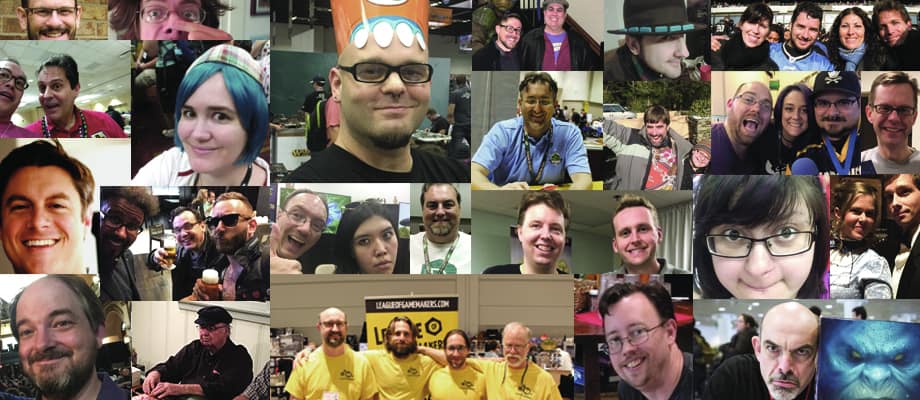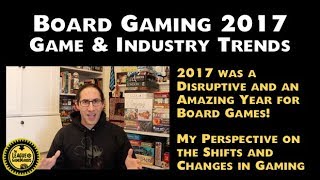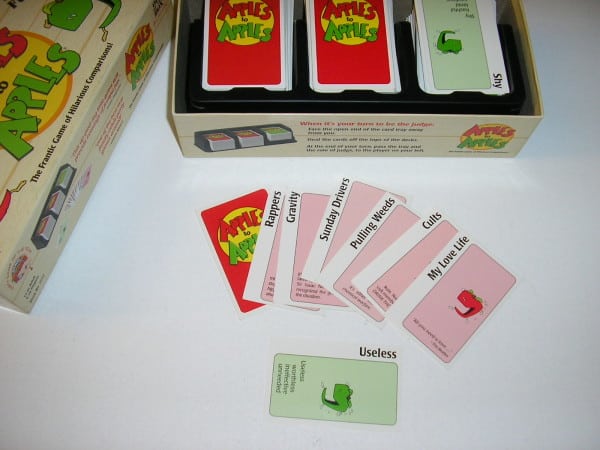
Okay, first off, this article does not have the next big idea in gaming in it. I mean, it might be here, but only by accident. So don’t go looking for a secret formula here, because if I had that, I wouldn’t give it to you, I’d just go get rich all by myself.
There have been quite a few “big ideas” in gaming that have made the game designer fairly wealthy. Being an old guy, I’ve seen quite a few of these appear in my lifetime. Well, not Monopoly, I’m not that old, but it’s hard for me to think of that as a “big idea” in games. Perhaps it was at the time. Maybe it was the first roll-and-move game to have a set-collection mechanism, with the set offering the player a “unique ability”. Versus, say, a roll-and-move game where the idea is to get to the end of the track, where all players are subjected to the same on-board unique spaces.
If you think about it, set-collection and creating unique player abilities (variable rents) was quite a step up from other games of that time period. Perhaps that’s why the game has had some staying power. They were that close to inventing the drafting mechanism, but the roll-and-move idea was too thoroughly ingrained into gaming.
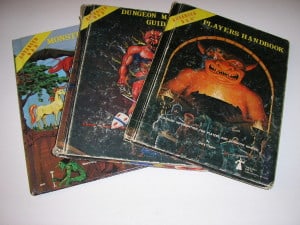
DUNGEONS AND DRAGONS BREAKS THE MOLD
After that, D&D came along and broke the mold on miniatures gaming. It carried with it so many unique concepts; not just adding fantasy elements to miniatures war games, but creating cooperative play, creating characters that you carry (like an albatross) from game to game, and creating role playing. Most people jumble all these together as the innovation that D&D was, but each of these elements is (dare I say it?) a game-changer in the industry. Would board games have ever been created that allowed cooperative play, like Shadows Over Camelot or Mansions of Madness? Would games with unique player characters like Cosmic Encounter or Dune exist? Maybe, maybe not. But D&D brought with it so many “big ideas” that it’s no surprise how it dominated the market.
The best way to tell that an idea is a BIG IDEA is by the number of spinoffs and copycats that arise after publication. And while I’m here, let me say this; usually whoever gets to the market first with a big idea is going to dominate the market, as D&D has, as Magic: The Gathering has, as Dominion has, and as Trivial Pursuit has.
TRIVIAL PURSUIT? A BIG IDEA? REALLY?
Yes, Trivial Pursuit. Hard to believe that Trivial Pursuit can be considered a “big idea,” but it sold millions of copies, and numerous copycat trivia games came out shortly afterwards because it did so well. A game that appealed to everyone’s treasure trove of useless facts garnered in front of their TV sets and People Magazine. A game that leveled the playing field between a couch potato and a physicist.
AND SOME BIG IDEAS ARE ABOUT MARKETING
And there’s Apples to Apples; a game that doesn’t really require any knowledge at all. What, one might ask, was the “big idea” there? Well, it’s a fun party game that a dozen people can play all at once and it can be taught in about 30 seconds. Their other big idea is that viral marketing works; if you can get ten people to play a game, no matter how mindless it is, chances are good one or two of those people will go buy a copy and play it with ten other people. Big ideas aren’t always just about game design, sometimes they’re about marketing. Worth keeping in mind. Case in point is the deranged version of Apples to Apples called Cards Against Humanity (“a party game for horrible people”), whose great idea was to make a ribald, crude, gutter-humor version of the game, where people can be gross and disgusting in a group setting, but dissociate themselves from it by blaming it on the game designers. And, of course, it’s hilarious. They still depended on the viral marketing big idea; copies sold in part because the game could be played in large groups, and you’d always find a new customer there.

Then there’s Magic: The Gathering. If this was just a card game about spell casting, then it likely would be selling about as well as Wiz-War (which, while it’s selling well, hasn’t sold a million copies). The big ideas were customized deck-building and collectability. A double whammy! Either of these could have made the game awesome, but they had both in one package. The marketing behind the collectability was brilliant. So brilliant that they had about 20 copycats within the first few years (and still have a few).
The big idea that Dominion brought to the table was deck-building from a common pool of resources as part of the game mechanism (versus MtG’s building the deck before you start the game) and ease-of-learning. It’s an infinitely variable game with a unique mechanism which has already been cloned quite a few times, as with Thunderstone and Ascension. Then you have games like Star Realms that combine drafting, active deck-building and direct combat, borrowing mechanisms from three prior big-ideas (and selling 250,000 copies in one year). Well, this is the way the game industry works, isn’t it? People invent new game mechanisms, and other people come along and merge them together into new games. It’s an entire Darwinian evolution process in action, with each trait tried and tested and reproduced within the marketplace, creating future games with the same gene.
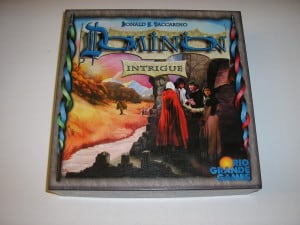
Settlers of Catan did extremely well, and was the Spiel des Jahres winner in 1995; I can’t say for sure that it was the first game to encourage trade between players so that both could achieve gains (Pit does basically the same sort of thing, but much more loudly), but it did feature competition and cooperation at the same time. It was also one of the first German games to make it big in the US; the “big idea” there just might have been that the US was ready for Eurogames, and someone recognized that fact. It was a huge change from an American boardgame industry based primarily on war games, RPGs, abstract games, and Monopoly.
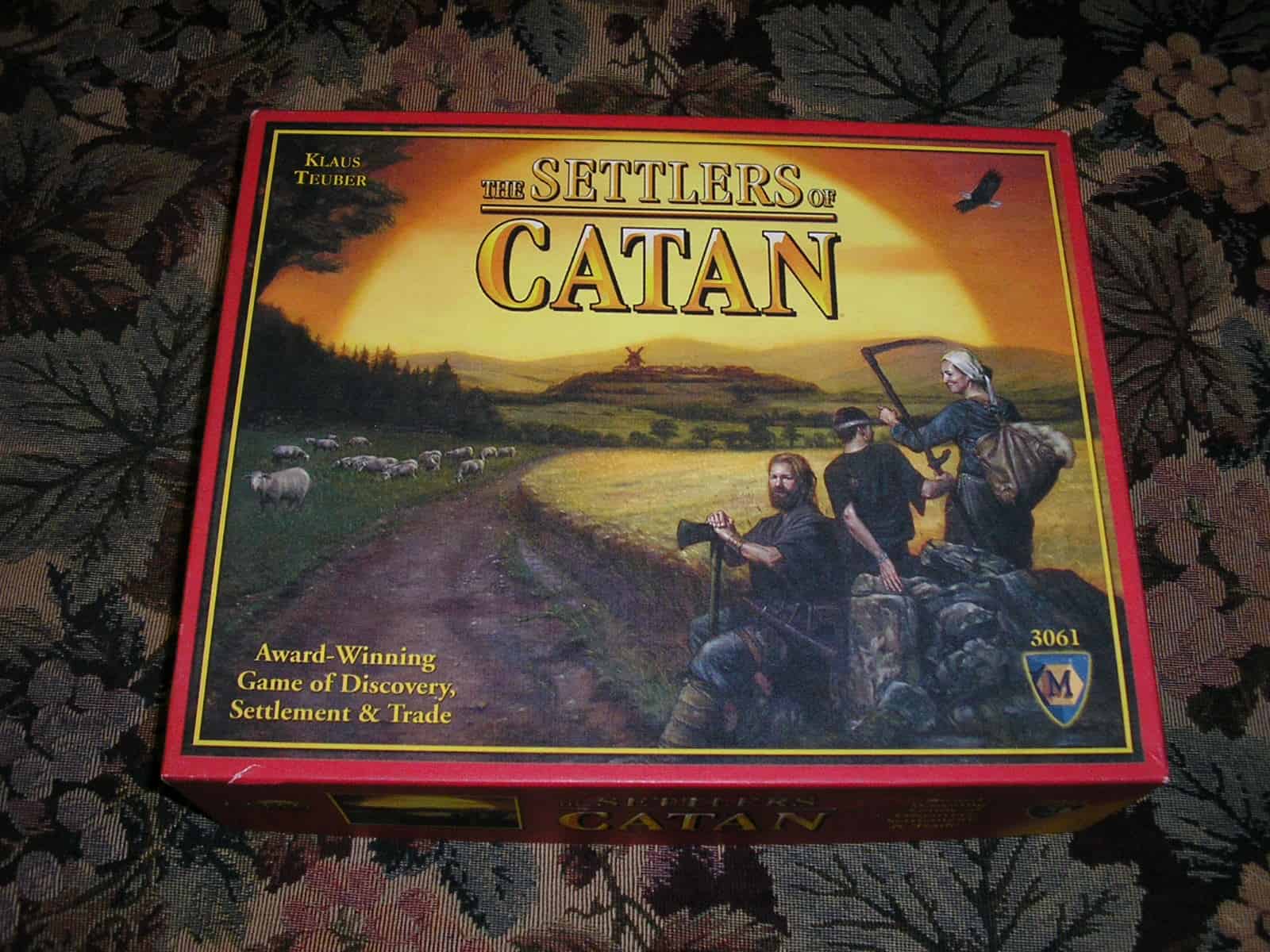
BUT INNOVATION DOESN’T NECESSARILY EQUAL SUCCESS.
There have been many remarkable innovations in gaming that failed, such as requiring a videotape or DVD as part of the gameplay. I’ve tried over the years to make a few “big ideas” work, stuff that’s so unique that it changes the market. I tried a real-time board game with token-passing to track player turns. It was met with a “blah” from the market. There was a game I created where each player had a unique booklet of power words to create spells. It never saw print. The only “big idea” I had that met with success was the disk-flipping movement mechanism in Diskwars (now reincarnated as Warhammer: Diskwars, with a few genetic tweaks). But the whole point of this is that the games that do awesomely well on the market are the ones that bring something totally new to it, that tip the basic concepts on their heads and startle the public with their originality. Some ideas are going to fail, but some will grab the public’s imagination. Do you have an idea like that?
There are a lot of great ideas that haven’t been explored fully, including many of the ones listed in Luke Laurie’s article ”Steal This Game Idea!” The versatility of the drafting mechanism and worker placement mechanisms are still being incorporated and exploited by new game designers. Most game designers have an original idea they’d like to flesh out; I’d encourage you to do that, but if you’re first to market with it, present it well. A great game mechanic, no matter how unique it is, will not sell well if the game that’s wrapped around it sucks. Pay attention to your playtesters, and stir as required. If it doesn’t pan out, go on to the next idea. Don’t kill yourself trying to make a bad idea work, nor should you be so vested in your creation, your beloved baby, that you ignore criticism. Mediocre ideas are a dime a dozen, like the latest chess variant, or the next take on Monopoly. The few true gems of original game designs will make the gamer cognoscenti drool (which is probably a good reason to laminate your cards).
Design something unique, something that changes the industry’s way of looking at things, or even the way they market games. The next Big Idea might be yours.

